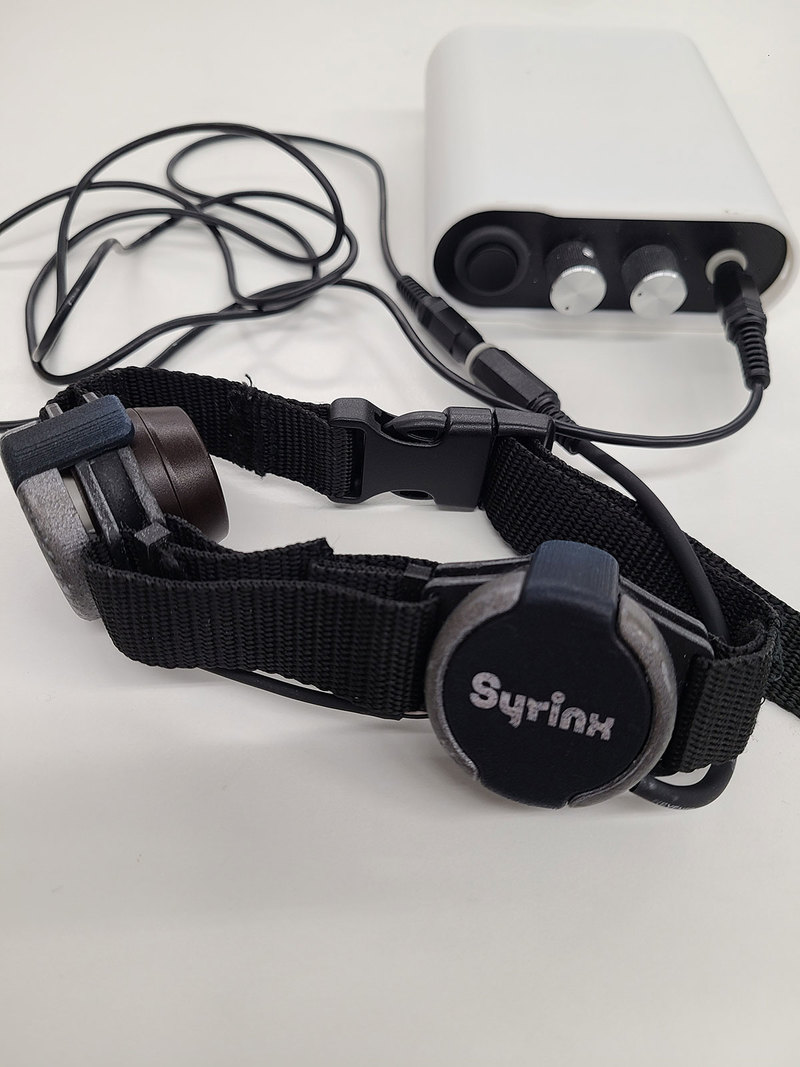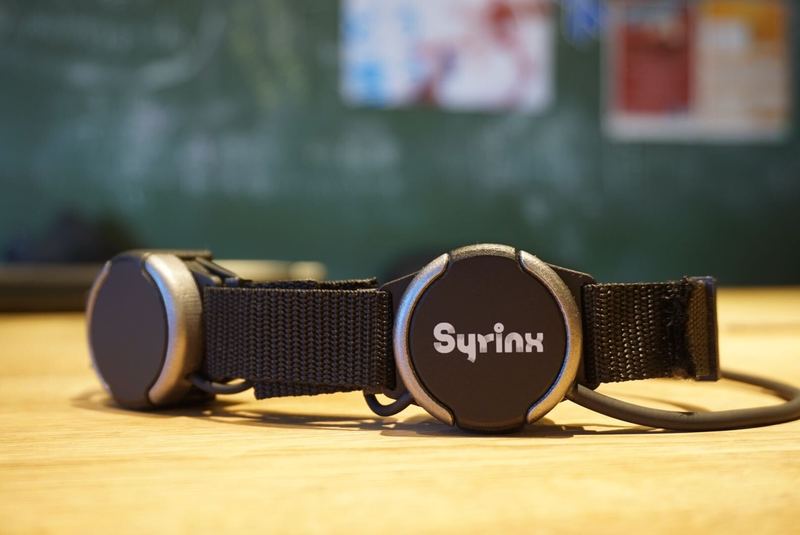Interviews

Syrinx - Bringing Back Lost Voices (Part 3)
Masaki Takeuchi
More than just a hands-free electrolarynx.
Interviewer & Japanese Writer: Yamamoto Takaya; Translation & Editing: Matthew Cherry
Masaki Takeuchi’s time in the INNO-vation program had come to a close, but that didn’t mean development of his wearable artificial larynx Syrinx had stopped.
(Click here to read Part 1)
He had previously received feedback from actual users of the device about concerns with the buzzing sound the device produced. Takeuchi wasn’t able to solve this from a hardware perspective, so he looked toward a solution from a software point of view. “My plan for Syrinx’s development process was in part thanks to the many mistakes I had the chance to make during the INNO-vation Program,” Takeuchi recalled.
Another aspect Takeuchi is working on is making the device completely hands-free. Previous versions of Syrinx were controlled via a smartphone. During the INNO-vation Program, Takeuchi was able to connect the device to a circuit board through a cable. This made the smartphone unnecessary, though it still wasn’t 100% hands-free.

This version of Syrinx includes a neck strap and an exterior circuit board.
“Even though pressing a button is a fairly simple action, pressing it every single time you want to say something can be a real pain. I’m working toward making the device completely hands-free, so that it automatically detects when someone starts speaking without the pressing of any buttons,” Takeuchi explained about his future goals.
One of the biggest issues Takeuchi faced was the fact that Syrinx didn’t produce any intonation, so the voice sounded robotic and mechanical. When people speak, they change the volume and pitch of their voice unconsciously, and Syrinx still hasn’t reached that level of sophistication. “It’s not just with Syrinx, all artificial larynxes haven't been able to produce a voice with natural-sounding intonations, which is why I am really interested in making that happen. If I could produce a device that solved that issue, I think it would be used by people not only in Japan, but around the world, too,” Takeuchi explained about his dreams.
Finally, Takeuchi had the following words of wisdom for anyone looking to apply to the INNO-vation Program.
“If you have something you want to do, I highly recommend you apply to the program. In my case, I wanted to help people. While that may be a relatively easy to understand reason as to why I applied, you don’t have to follow what I did. If there’s something you just want to try or make a reality, that’s what’s truly important. There’s a tendency for people to give up if they don’t believe their idea will turn a profit, but I think that’s the wrong way to look at it. The INNO-vation Program supports people who want to try something, which presents an incredible opportunity. So if there’s something you want to do, definitely try applying!”
It’s important to realize what you yourself want to do. Takeuchi is taking what he learned in the INNO-vation Program as a step toward realizing his vision.

Masaki Takeuchi's Profile

